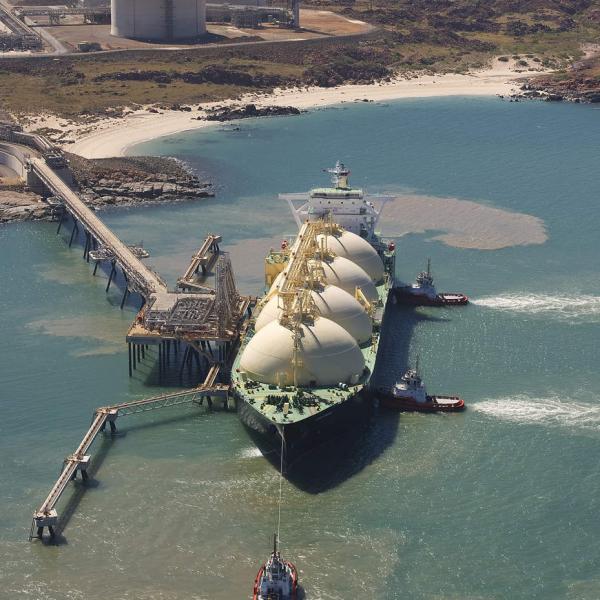Fuel demand was hit by the second Covid wave which rocked the country in recent weeks, but is expected to bounce back; meanwhile India’s top importer Petronet plans to spend $2.6 billion on LNG terminals on both coasts, plus tanks, jetties and 1,000 LNG fuel stations
(AF) India’s ongoing Covid-19 resurgence, which made it the second-most infected country behind the US, is also impacting its fuel demand. Last month (May), gasoline consumption fell some 19% from the previous month to 542,000 barrels per day (bpd), data from the country’s oil ministry shows.
Diesel demand dropped by 20% from April to 1.33 million bpd, while consumption dropped nearly 30% for both fuels from pre-pandemic levels in May 2019. Auto driving activity in May across India showed a 43% dip below a January 13, 2020 baseline, while it was 4% below the baseline in April.
Demand for jet fuel fell 38% to about 67,000 bpd in May and was down 61% against the same period in 2019, while overall demand for liquefied petroleum gas (LPG), naphtha, fuel oil and petroleum coke, decreased by 11% for the month to 15.1 million tonnes, down 2% on the year and 21% from May 2019.
Liquefied natural gas (LNG), primarily used in India’s power and industrial sector, has also taken a hit due to demand destruction from its second Covid-19 wave. For the past two months LNG tankers enroute to India have either reverted to other destinations or idled offshore while waiting for the situation to change or to also be diverted.
Last year, New Delhi pledged that natural gas would make up as much as 15% of the country’s energy mix by 2030 from just 6.2% in 2020 in an effort to reach what Indian Prime Minister Narendra Modi called a “natural gas-based economy.”
Currently, dirty burning coal makes up at least 70% of India’s energy mix, casting doubt on New Delhi’s climate change ambitions.
Yet, going forward, projections are that overall Indian fuel demand and LNG usage should recover this month as the country brings down infections amid increases in vaccinations and as closed states start to re-open. However, seasonal monsoons could still hamper demand in the short-term returning to levels seen before the second Covid wave.
MK Surana, chairman of state-controlled refiner Hindustan Petroleum’s (HPCL), said earlier this month that “things should recover quickly and there will be a festive season coming from August onwards, which is normally the demand pickup period, followed by the agricultural season.”
“I believe we should be able to pick up most of the demand in the second half of the year. As the system is not completely shut, my guess is recovery will be even sharper than last time,” he added.
LNG market dynamics
However, as Indian LNG demand recovers it will pivot back to a market with prices for the super-cooled fuel on the Asian spot market at multi-year highs for this time of year. LNG prices usually peak as winter approaches and utilities restock for colder temperatures. They can also tick up amid warmer temperatures.
LNG is mostly used for gas-fired power generation in the region and as such is sensitive to weather patterns, both colder temperature in the winter and hotter months during the summer.
Prices for LNG last week breached the $12 per million British thermal unit (MMBtu) price point, a 10% increase ($1.15/MMBtu) from the week before, amid supply curtailment both planned and unplanned in the US, Australia, Malaysia and Indonesia, and also robust summer demand.
The Asia-Pacific region accounts for around 70% of global LNG demand. Japan, for its part, is the top LNG importer, followed by China, South Korea, India and Taiwan.
That demand will increase over the decade amid LNG infrastructure build-out and new demand from Vietnam and the Philippines, and increased use of the super-cooled fuel in Sri Lanka, Bangladesh and Pakistan.
Petronet to invest $2.6bn on local infrastructure
Meanwhile, India’s shift to gas looks likely to get a significant boost from a decision by Petronet LNG, the country’s top gas importer, to invest $2.6 billion over five years to expand local infrastructure. The group’s head of finance explained last week that its original plan to invest in overseas projects was ‘not lucrative’ in the current LNG surplus market.
“Right now, investment in LNG terminals anywhere outside India is not very lucrative because LNG is available at very low prices – it is only recently that prices have increased… availability of LNG is plenty,” Vinod K Mishra said during an analyst call after the company released its March quarter earnings, Reuters reported.
He said at the moment, there was no financial incentive to invest in overseas projects to lock in LNG supplies. The company was earlier planning to invest in projects in Sri Lanka, Bangladesh, Qatar and Tellurian’s Driftwood LNG project.
Mishra said higher domestic supplies could hit costly spot LNG imports in the short term, but would not impact imports in the long term as India‘s gas consumption is expected to jump.
Petronet plans to invest 66.9 billion rupees (about $913 million) to expand its 17.5-million-tonne per annum (mtpa) Dahej terminal on the west coast to 22.5 mtpa, plus build a new terminal in the east coast, and a new jetty and LNG tanks at Dahej and Kochi, he said.
Mishra said in the first phase, the Dahej terminal will be expanded to 20 mtpa by mid-2023, while a new 5-mtpa Gopalpur terminal in the east coast is expected to be ready by 2025.
Petronet, which was previously planning to sell gas to fuel station owners, will invest 80 billion rupees (close to $1.1 billion) to set up 1,000 LNG fuel stations, he said. It will also invest 40 billion rupees ($546 million) to set up 100 compressed bio-gas generation plants over three years.
CEO AK Singh said the company was talking to various sellers, including Qatar, to buy gas at reasonable rates for the price-sensitive Indian market.
With reporting by Reuters
























